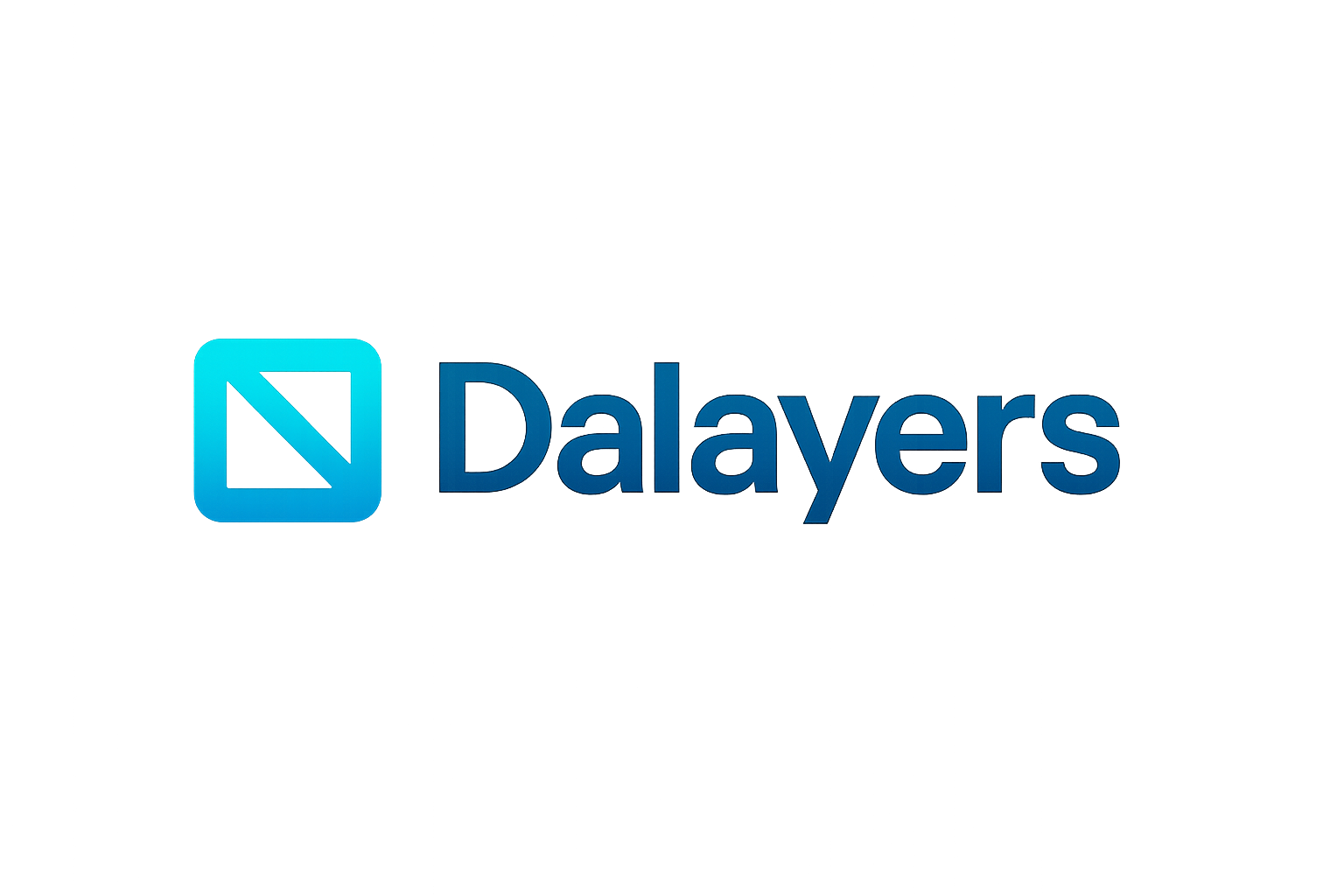
Blockchain scalability has always been a formidable challenge, with traditional monolithic architectures struggling to handle the growing demands of decentralized applications. As networks expand, the limitations of processing all transactions, consensus, and data availability within a single layer become increasingly apparent. Enter modular data availability (DA) layers – a paradigm shift that is rapidly redefining how blockchains can scale by enabling parallel execution and specialization across distinct layers.
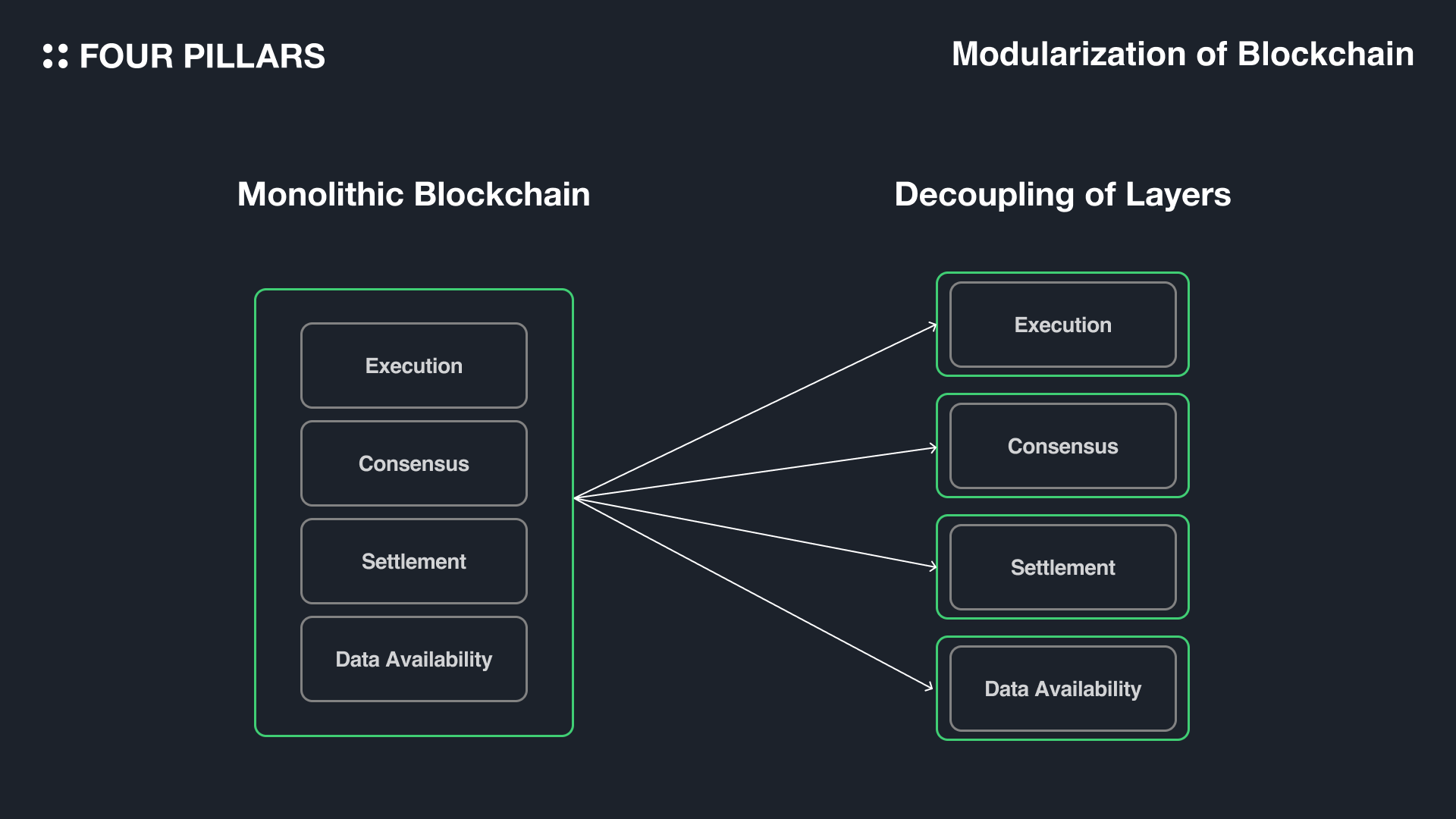
Why Monolithic Chains Hit a Scalability Wall
In monolithic blockchains like Bitcoin and early Ethereum, every node is responsible for executing transactions, reaching consensus, and storing all data. This design ensures maximum security and decentralization but comes at the cost of throughput. As transaction volume increases, so do bottlenecks, leading to network congestion and higher fees. The root of this issue lies in the lack of specialization: all nodes must do everything, so the system can only move as fast as its slowest part.
This is where modularity comes in. By decoupling the core functions of a blockchain, execution, consensus, and data availability, modular architectures allow each layer to optimize for its specific task. The result? A system that can scale horizontally, processing more transactions in parallel without sacrificing decentralization or security.
Modular Data Availability: The Backbone of Parallel Execution
Modular DA layers like Celestia and Avail are purpose-built to handle the storage and verification of transaction data. They do not execute transactions themselves; instead, they ensure that all data needed for transaction verification is accessible and verifiable by anyone. This specialization allows execution environments, such as rollups or app-chains, to process transactions off-chain and post succinct proofs or compressed data to the DA layer.
By offloading data availability to a dedicated layer, execution environments can run in parallel, unconstrained by the bandwidth or storage limitations of a single chain. For example, Avail’s architecture enables multiple rollups to post their data simultaneously, each benefiting from the security and accessibility guarantees of the DA layer. This approach is akin to how microservices in cloud infrastructure operate independently yet cohesively, maximizing throughput and flexibility.
Altius Labs and the Modular Execution Era
One of the most compelling advancements in this space comes from Altius Labs, which has introduced a VM-agnostic execution framework designed for the modular era. Altius enables customizable settlement and DA options for layer 2s, working seamlessly with providers like Celestia DA and Eigen DA. By abstracting away the underlying virtual machine (VM), Altius lets developers plug execution environments into any L1, L2, or app-chain, unlocking true parallel execution at the instruction level.
This is not just theoretical. Altius uses a distributed state storage model that shards global state across multiple nodes. Each shard can process transactions independently, further amplifying parallelism and reducing latency. The result is a blockchain infrastructure where execution scales with demand, not against it.
How Modular DA Layers Unlock Decentralized Scalability
The separation of data availability from execution is more than just a technical improvement, it is a fundamental enabler of decentralized scalability. With modular DA layers, network participants can verify that data is available and correct without needing to process every transaction themselves. This opens the door to new decentralized scalability solutions where multiple rollups, app-chains, or even entire ecosystems can coexist on the same DA layer, each optimizing for their unique needs.
The implications are profound: instead of a single blockchain racing to keep up with global demand, we have an ecosystem of parallel execution environments, all anchored by the robust guarantees of a modular DA layer. This not only increases throughput but also enhances flexibility and resilience against network congestion or targeted attacks.
If you’re interested in exploring how parallel execution works in practice and why it’s pivotal for the future of blockchain scalability, consider reading our deep dive: Parallel Execution in Modular Data Availability Layers: Unlocking True Blockchain Scalability.
Leaders like Celestia and Avail have set the pace, but the modular DA movement is gaining momentum across the industry. The ability to combine best-in-class data availability with flexible execution-as-a-service is already driving a new wave of decentralized applications and rollups that were previously inconceivable on monolithic chains. Developers can now choose the most suitable DA and execution layers for their use case, mixing and matching to balance security, cost, and performance.
Leading Projects Using Modular DA Layers for Parallel Execution
-
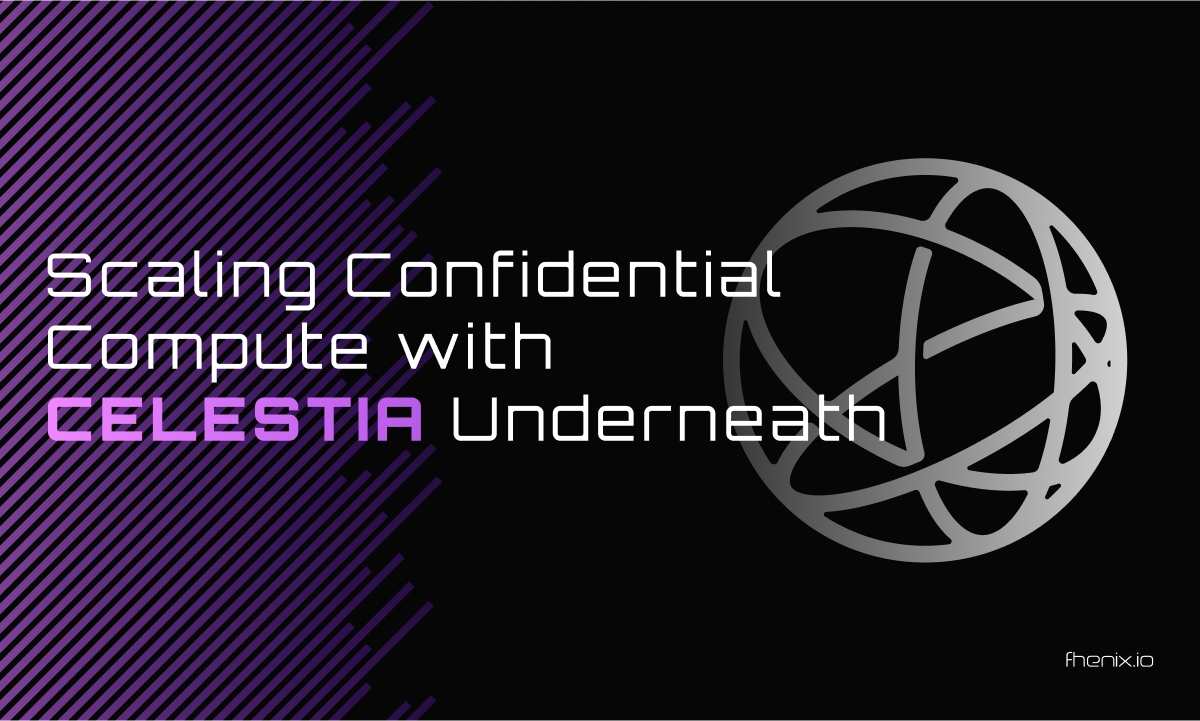
Celestia: The pioneering modular blockchain separates data availability and consensus from execution, enabling multiple rollups and execution layers to operate in parallel. Developers leverage Celestia’s DA layer to boost scalability and flexibility across ecosystems.
-
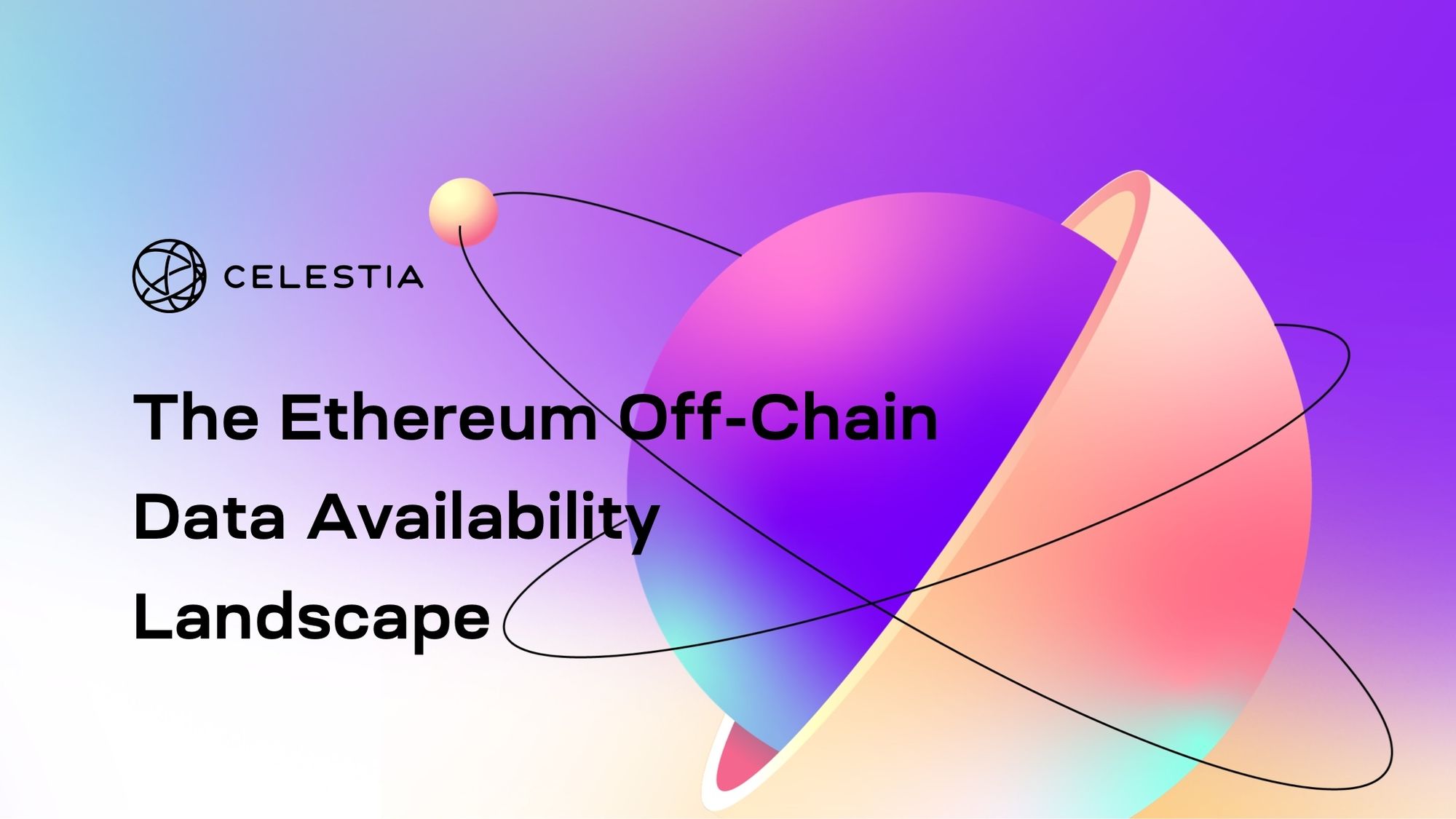
Avail: Avail offers a dedicated data availability layer that empowers execution environments like rollups and app-chains to process transactions concurrently. This modular approach removes bottlenecks found in monolithic chains and accelerates network throughput.
-

Altius Labs: Through its VM-agnostic modular execution framework, Altius Labs integrates with DA providers such as Celestia and EigenDA, enabling parallel execution for Layer 2s and app-chains. This architecture allows developers to customize settlement and DA options for scalable blockchain solutions.
-
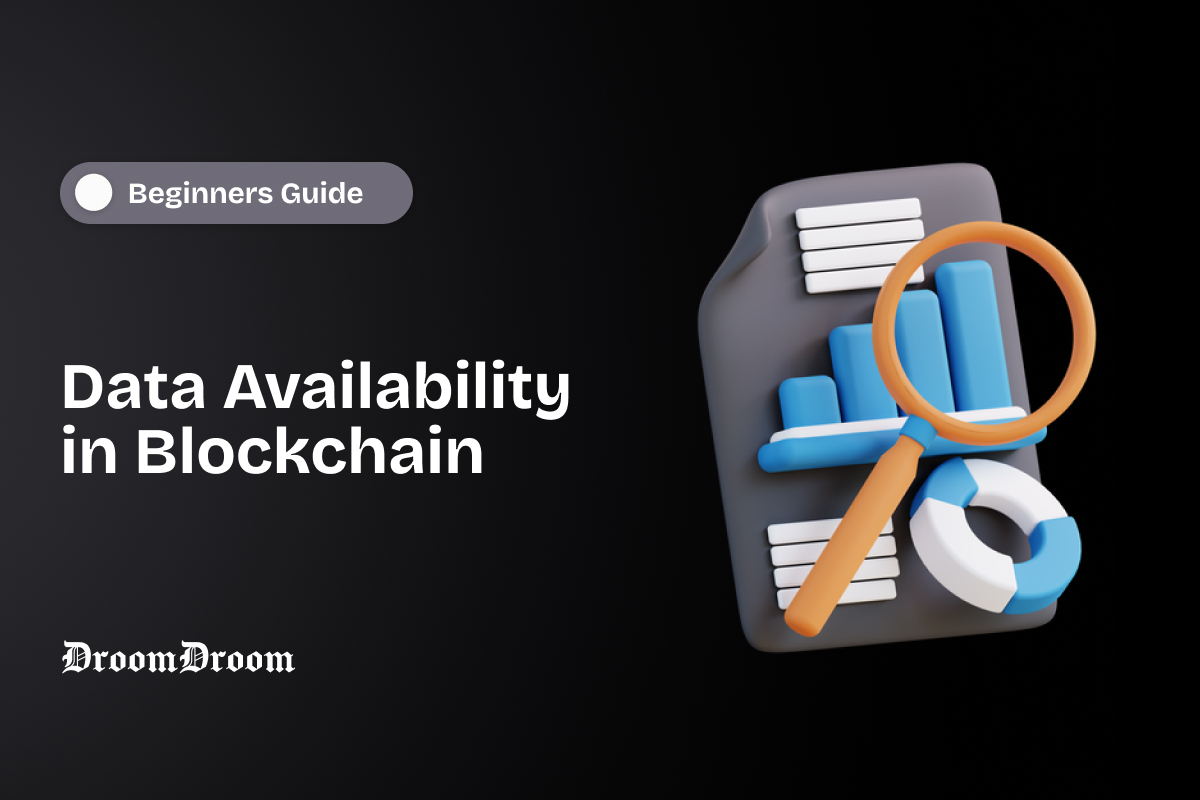
EigenDA: Developed by EigenLayer, EigenDA is a decentralized data availability solution designed for Ethereum rollups. By providing scalable DA, EigenDA enables multiple rollups to execute transactions in parallel, improving overall network efficiency.
-
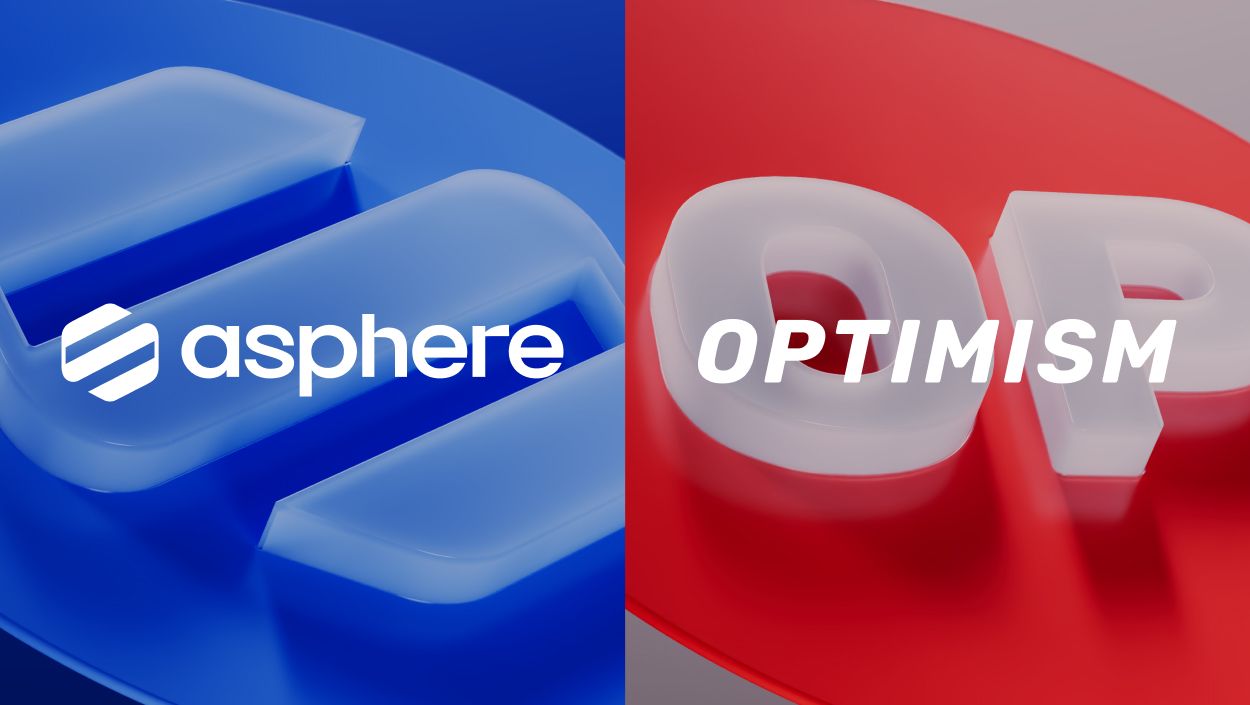
Optimism (OP Stack): The OP Stack leverages modular DA layers like Celestia to support its superchain vision. This allows various rollups and execution environments to run side-by-side, each posting data to a shared, scalable DA layer for enhanced parallelism.
What makes this shift so significant is that it is not just about raw throughput. By distributing execution across multiple environments, modular DA layers lower the barrier for new projects to launch without inheriting the scaling limitations of legacy blockchains. For example, a DeFi protocol can deploy its own rollup, post data to a modular DA layer like Celestia, and operate at a scale tailored to its user base, without competing for block space with unrelated applications. This approach mirrors the microservices revolution in cloud computing, where independent services interact over shared infrastructure, maximizing both scalability and reliability.
To illustrate the growing impact, consider the following:
Altius Labs, in particular, exemplifies how execution-as-a-service can be delivered in a modular architecture. Their VM-agnostic framework, designed for plug-and-play compatibility, allows any execution environment to tap into robust DA layers. This means app-chains, DeFi protocols, or even entire L2s can scale independently while relying on a shared, secure data foundation. The distributed state storage and sharding approach further reduces bottlenecks, letting each shard process transactions in parallel with minimal cross-shard interference.
For users and developers alike, this translates to:
- Lower transaction fees due to reduced network congestion
- Higher throughput as multiple chains and rollups operate simultaneously
- Greater resilience against attacks or failures on any single execution layer
- Enhanced flexibility for deploying specialized applications without being limited by the base chain’s design
The modular DA stack is not a distant vision, it’s reshaping the blockchain landscape now. With projects like Celestia and Altius Labs at the forefront, the ecosystem is rapidly moving toward a future where parallel execution and customizable scalability are the norm, not the exception.
If you want an even deeper technical dive into how modular DA layers address the core scalability limits of legacy blockchain designs, check out our analysis: How Modular Data Availability Layers Address the Scalability Limits of Merkle Tree-Based Blockchains.
The race for scalable, decentralized infrastructure is accelerating. Modular data availability layers and parallel execution are already proving essential for the next generation of blockchains, unlocking a new era of permissionless innovation and ecosystem growth.
